In this edition of Toolbox Talk, I'm zooming in on another ingredient that can mystify cookiers outside of the United States (US): corn syrup. It is sometimes listed in royal icing recipes, but it is not available all over the world. I am very grateful that Julia sent a bottle, so I could compare it with possible substitutes, namely glucose and glycerin.
Corn Syrup and How It's Used
(Plus, Possible Substitutes)
Corn syrup is made from corn starch, and, in the case of the Karo light corn syrup that Julia gave me, it also contains salt and vanilla extract. Corn syrup is used in foods as a humectant (moistening agent) and to soften or smooth texture, prevent crystallization of sugar, and enhance flavor. It is a sweet, thick syrup and can be "light" (clear in color) or "dark" when molasses or refiners' syrup, a type of molasses, has been added. [Source: Karo website, Wikipedia.]
Corn syrup is sometimes added to royal icing for decorating cookies, but it is not added to the dough itself. I looked up several royal icing recipes online, and most of them (Sweet Sugarbelle, Haniela's, Wilton, Sweetopia, The Bearfoot Baker, Julia M Usher, LilaLoa, Biscuiteers, Flour Box Bakery, The Scran Line, and Martha Stewart) do not contain corn syrup. Only a few bakers (Bake at 350, Cookie Countess, SugarDeaux, and SemiSweet Designs) seem to use it, and the Cookie Countess' recipe is actually adapted from SugarDeaux's formulation. All of these corn syrup-users mention the sheen or shine that the corn syrup gives to the icing. Mike from SemiSweet Designs goes further to say that it enhances the icing taste and provides some "elasticity" that minimizes breaking of lines mid-piping. I've also read that others use it to soften the "bite" of the icing once dry.
As our recent corn syrup survey indicated (see full summary below), glycerin (also known as glycerol or glycerine) and glucose, to a far lesser extent, are used in royal icing for many of the same reasons, but more often in countries where corn syrup is less available. I'll be talking about ingredient availability in the next section, but before I do, I just wanted to say a few words about how these two possible corn syrup substitutes compare.
Of the three ingredients, corn syrup is arguably the sweetest and most flavorful. It is also quite sticky, yet still pours and spreads quite easily, making it useful for adhering lightweight items to cookies too! Glucose, by contrast, is a lot thicker than corn syrup, and stickier too. It will not easily run off a spoon and is hard to paint or spread. It is also the heaviest of the three products, weighing 20 grams per tablespoon. In the US, glucose is sometimes referred to as "corn syrup", and "corn syrup" is typically listed as the sole ingredient in glucose, as you can see on the Wilton product packaging, above. This nomenclature is used because glucose is almost always derived from corn starch in the US. (In other parts of the world, glucose can be derived from rice, wheat, cassava, corn husks, or sago.) However, "corn syrup" is comprised of sugars other than glucose (namely maltose), so, strictly speaking, the two are not exactly the same. [Source: Wikipedia.] And because glucose is so thick, corn syrup and glucose can't be used interchangeably in all applications, at least not without adding water to glucose first.
As for glycerin, it is, chemically-speaking, a sugar alcohol made from plant sources (like soy beans or palm) or animal sources (namely tallow). It is slightly more runny than corn syrup and feels oily rather than sticky. It is mildly sweet but has a distinctively sharp, almost biting taste, which has led some decorators to caution against using too much of it in either royal icing or fondant (where it is often used to improve fondant's pliability).
Corn Syrup Availability Around the World
(Substitute Availability, Too!)
First, one caveat regarding the following observations about availability: they are just that - observations gathered through a handful of interviews with Cookie Connection members. If you have additional information to share about availability in any of the areas listed below or others, please let me know in the comments section at the end of this post.
In South Africa and Belgium, my current and past places of residence: As mentioned earlier, Julia sent me a bottle of Karo light corn syrup, as I could not find it in South Africa. I checked online, in shops that cater to expats. I even sent a message to the US Embassy - and got an automated reply that I would not get a reply! I never came across corn syrup in Belgium, but then I only started baking when I was already living in South Africa. However, glucose and glycerin can be found in pharmacies in Belgium and in baking supply shops in South Africa.
In the US: Corn syrup can be found in virtually every grocery store, and the dominant brand is Karo, though many private-label store brands also exist. By contrast, Julia has never found glucose or glycerin in a grocery store in the US. Both, however, are available online and in specialty cake supply stores, with Wilton being a primary brand of both. [Source: Julia M Usher.]
In New Zealand and Australia: While "corn syrup" is hard to find, glucose (derived from corn) is available under various brand names. It seems to be more available in Asian shops, as it is a common staple in many Asian kitchens. [Source: Kat Rutledge-ibicci.] [EDITOR'S NOTE: On my recent trip to Australia, my host could not find corn syrup, so we used glucose thinned with water for some of my painting and gluing applications.]
In Denmark: Corn syrup is not available, but glucose, derived from wheat starch, is stocked in every supermarket. [Source: Marie - LilleKageHus.]
In Germany: Corn syrup is only available at a premium price in special American food stores. [Source: Laegwen.]
[EDITOR'S NOTE: In the course of teaching classes in various parts of the world, I've also discovered that corn syrup is exceptionally hard to find almost everywhere outside of the US. I wonder if the fact that it's made with GMO-corn has caused other countries to shun it?]
An Experiment (or Two!)
In this experiment, I wanted to test claims that corn syrup leads to a shinier icing and makes it less hard when dried. I also wanted to see if glucose and glycerin render similar results.
For the experiment, I followed the quantity of corn syrup in Cookie Countess' recipe: 1 tablespoon light corn syrup to 2 pounds (~907 grams) icing sugar. I also replaced the corn syrup one-for-one with glucose and glycerin, and, as a control, made some "plain" icing without any additive whatsoever. And then lastly, out of interest, I doubled and tripled the amounts of each additive to see what the results would be. I let one series of cookies dry for four hours under a fan (not a dehydrator) and another series air-dry on the tabletop.
What I noticed first was that the air-dried cookies were still very wet after six hours. You can see the shine in the picture below. I let them dry for another few hours on the table in the sun, and, by the end of the afternoon, the icing had hardened a lot more. (Note: The dots on the cookies indicate how much additive was used, i.e., one dot = 1X or 1 tablespoon; 2 dots = 2X or 2 tablespoons; 3 dots = 3X or 3 tablespoons.)
There was a definite difference in level of shine between the two sets of cookies. The fan-dried ones were a lot shinier and less "grainy" than the air-dried ones. But more importantly, there was also a difference in shine within the sets. The fan-dried icing with corn syrup was the shiniest of them all, followed by the fan-dried icing with glucose and the plain icing. The icing with glycerin had no shine at all.
I also tested the icing for hardness. I did this test three ways: (1) by pressing my finger on the icing, (2) by pushing the tip of a knife into it, and (3) by scraping the tip of a knife over it. In the picture below, you will see that the glycerin-icing never really set. It remained soft (even sticky), and the cookies were hard to handle. There was almost no difference in hardness across the plain-, glucose-, and corn syrup-icing when the glucose and corn syrup were added in the quantity specified in Cookie Countess' recipe (i.e., 1 tablespoon or 1X). When more corn syrup or glucose was added (either twice as much, 2X, or three times as much, 3X), the icing became markedly softer. All icings set harder under a fan than when they were air-dried, though the glycerin-icing was still very soft in all cases (1X to 3X).
Lastly, I did a taste-test with my family: they got to taste cookies with each of the three additives, both in 1X and 3X quantities, and plain cookies. The test was "blind", insofar as they could see the cookies, but did not know what, if anything, had been added to the icing in each case. The only icing they described as "hard" was the plain version; they described the others as "softer", though the corn syrup one had "a bit of a crunch". No one mentioned that the glycerin-icing was the softest, but I believe this was because its texture was immediately apparent, both visually and to the touch. Flavorwise, they could not discern much difference among the various icings. They described only a small uptick in sweetness as the additives were increased from 1X to 3X, and noted that the icing with triple the corn syrup had a hint of saltiness. Interestingly, they did not detect any sharpness in the glycerin-icing, even in the 3X batch. My guess is that the sugar overpowered it.
Conclusions: This experiment generally confirms what has been written about adding corn syrup to royal icing: it gives a bit more sheen, especially when the icing is fan-dried, and makes the icing slightly softer, particularly if added in quantities greater than 1 tablespoon corn syrup to 2 pounds icing sugar. Glucose, introduced in the same quantity, produces similar, though less shiny results. Glycerin, in any quantity, makes the softest icing of all, but that icing is very difficult to handle and not at all shiny. So, if you can't find corn syrup and you want a shinier result, glucose is a reasonable substitute; also be sure to fan-dry it!
Your Use of Corn Syrup in Royal Icing
(aka Our Survey Results)
As noted earlier, Julia set up a survey to explore the cookie community's use of corn syrup (and glucose and glycerin) in royal icing, and here's what they said . . .
About 86% of respondents (n= 251) live in North America (US and Canada), which explains why 88% of all respondents state that corn syrup is "widely available" or "available" in most grocery stores. Only five people living outside of North America indicate similar availability.
About 62% of respondents report using corn syrup in their icing, with 39% using it "always", 15% using it "sometimes", and 8% using it only "rarely". Karo light corn syrup is the most popular brand/type by far, with 68% of respondents using it in their icing or baking. The most important reasons for using corn syrup in royal icing are to (1) cause the icing to set with a softer "bite" (47%), (2) to achieve a shinier result (38%), and (3) to enhance the icing texture or how it pipes (24%). Interestingly, one person uses it to delay the drying of icing, whereas four people use it to speed up drying! [EDITOR'S NOTE: Hmmm . . . sounds like relative drying time needs a more systematic test! Maybe in the next Toolbox Talk?! ![]() ] The main reasons that other cookiers give for not using corn syrup are (1) not knowing that it could be added to royal icing or (2) their recipes don't call for it. Other reasons are that it delays drying time or that it leaves the icing too soft for packaging the cookies without damaging them.
] The main reasons that other cookiers give for not using corn syrup are (1) not knowing that it could be added to royal icing or (2) their recipes don't call for it. Other reasons are that it delays drying time or that it leaves the icing too soft for packaging the cookies without damaging them.
About 22% of respondents use glycerin in their icing either "always" or "sometimes" (citing the same reasons that others use corn syrup), in contrast to only 3% who use glucose "always" or "sometimes".
And that's a wrap on this Toolbox Talk! If you haven't yet answered our survey, please do so here, and please also share your experiences with corn syrup in the comments below. Thank you!


Liesbet Schietecatte, born in Belgium but permanently living in South Africa since 2005, accidentally found her way into cookie decorating in 2012. Grabbing moments in between her career as an archaeologist and being a mommy and a wife, Liesbet bakes Belgian biscuits like speculoos in the tradition of her grandmother’s family who were bakers for several generations, but she gets the most creative satisfaction from decorating with royal icing. She bakes and decorates for occasional orders and at times for a crafters' market, but mostly for the enjoyment and challenge of trying out new things. To honour her family's baking legacy, Liesbet uses the family name to give a home to her baking pictures on Facebook: Stock’s – Belgian Artisan Bakes.
Photo credit: Liesbet Schietecatte
Note: Toolbox Talk is a bimonthly Cookie Connection blog feature written by Liesbet Schietecatte that explores similarities and differences in cookie tools and ingredients from all over the world. Its content expresses the views of the author and not necessarily those of this site, its owners, its administrators, or its employees. Catch up on all of Liesbet's past Cookie Connection posts here.

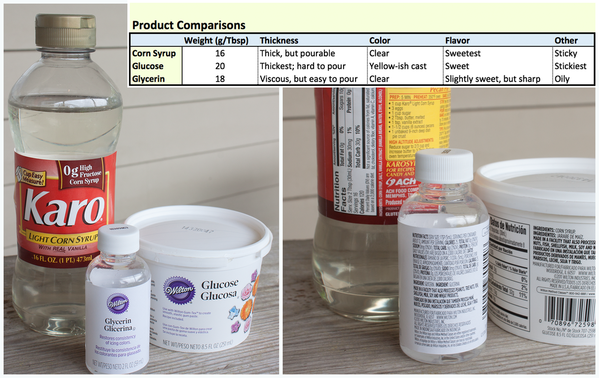

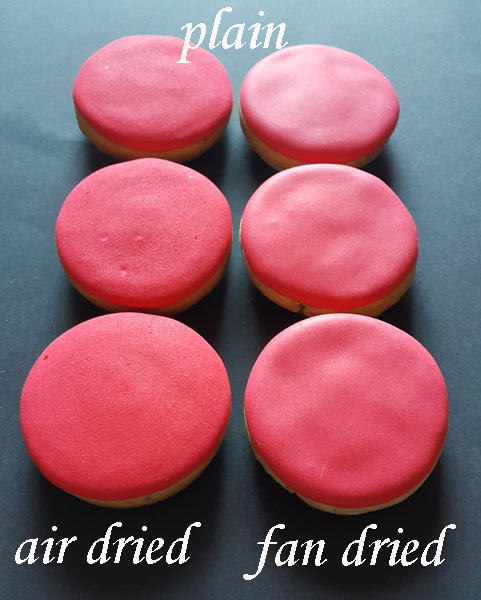
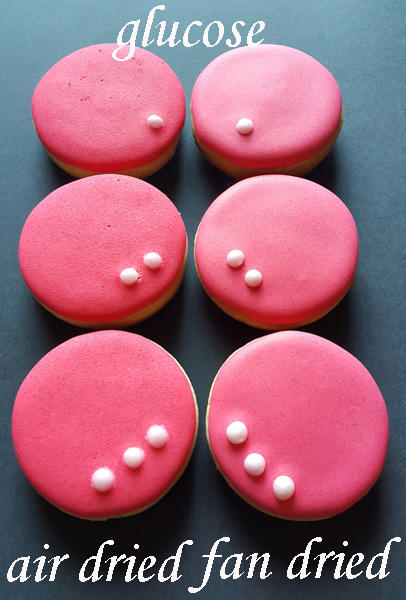
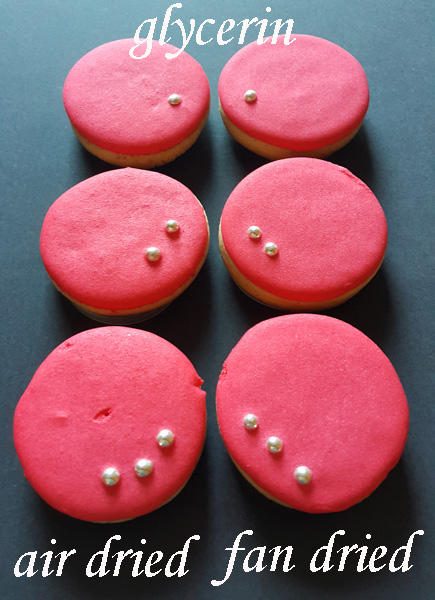
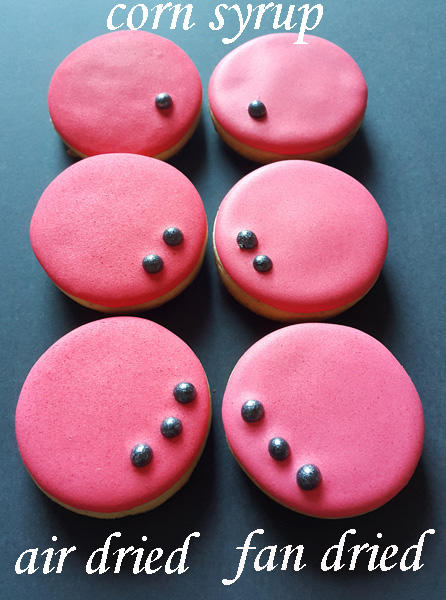

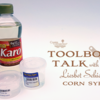

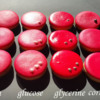
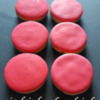
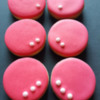
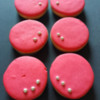
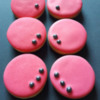
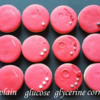
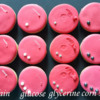
Comments (34)